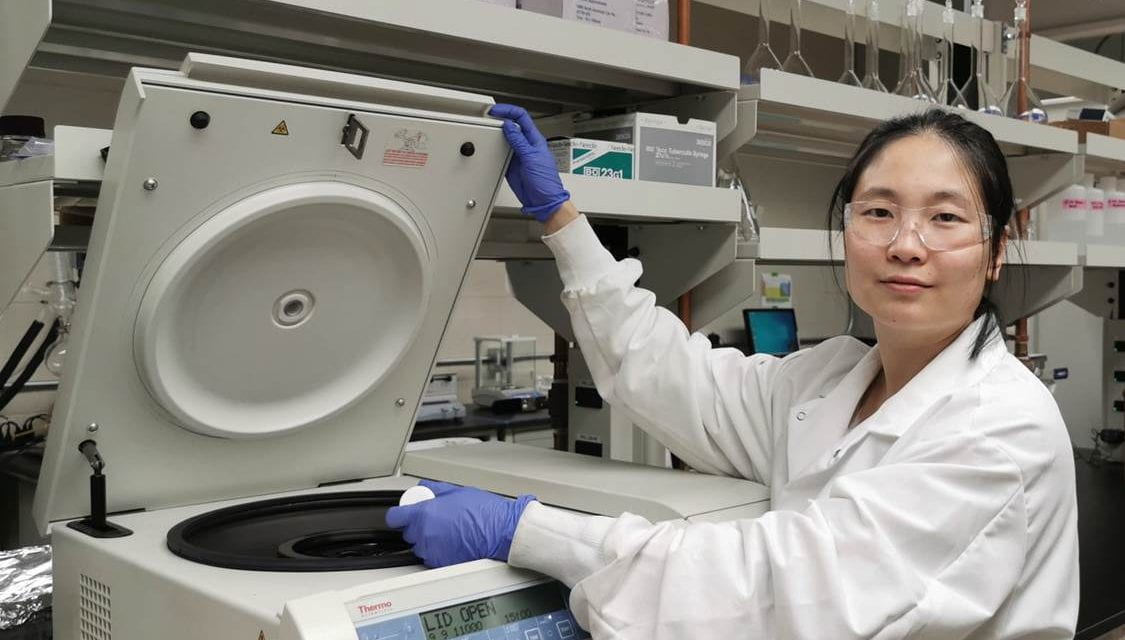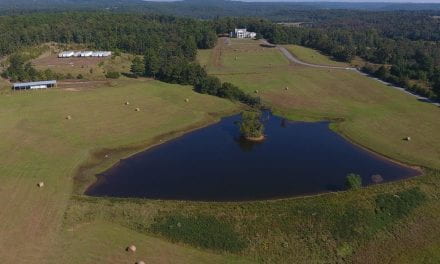
Dr. Lei Guo Works to Develop Sensors that Detect PFAS Chemicals On-Site in Minutes

Dr. Lei Guo is working to develop a nanomaterial that will rapidly detect a common “forever” chemical right where potentially contaminated water samples are collected.
Dr. Guo’s research history has led to an interest in real-world applications for materials chemistry. Her current research as an Assistant Professor of Civil Engineering at the University of Arkansas broadly focuses on a class of micropollutants known as PFAS. This stands for perfluoroalkyl and polyfluoroalkyl substances. PFAS break down slowly in the environment and have come to be known as “forever” chemicals.
“I am always passionate about uncovering the fundamentals of environmental phenomena and exploring novel approaches to bring breakthroughs to current technologies,” Guo said, “The PFAS sensor development project is a prime example of this.”
Guo’s sensor is expected to detect fluorescence response with the presence of perfluorooctanoic acid (PFOA). PFOA is a representative PFAS micropollutant that has been included in the Fifth Unregulated Contaminant Monitoring Rule (UCMR 5) published by the US Environmental Protection Agency.
PFAS are man-made and found in many industrial chemicals and consumer products. They exhibit ‘non-stick’ features. These products include firefighter foam, non-stick cookware, food packaging, furniture coating, and more. The use of these products has led to the widespread detection of PFAS in soil, water streams, and air.
Especially noteworthy is the reported presence of PFAS in the drinking water of approximately 200 million U.S. residents. Exposure to PFAS is associated with increased risks of cancer, compromised immune system, adverse reproductive and developing effects, etc.
This has created a critical need for more efficient PFAS treatment procedures to ensure the safety of public water.
Dr. Guo’s research team hopes to develop a cost-efficient portable device with a sensor that would enable trace-level detection of PFOA during on-site monitoring. Water utilities and the general public could use the device to routinely check on water quality.
“Working on this project is akin to embarking on a thrilling journey, with scientific surprises along the way. I am immensely grateful for AWRC’s support, allowing me and my group to explore the field of PFAS treatment,” said Guo.
The PFAS sensing project received funding from the Arkansas Water Resources Center through the U.S. Geological Survey 104(b) program.
In addition to her research, Dr. Guo instructs two courses at the University of Arkansas. For more information on her work, visit https://www.myresearch.top/ggroup/.
Article written by Schyler Angell
Image courtesy of Lei Guo













